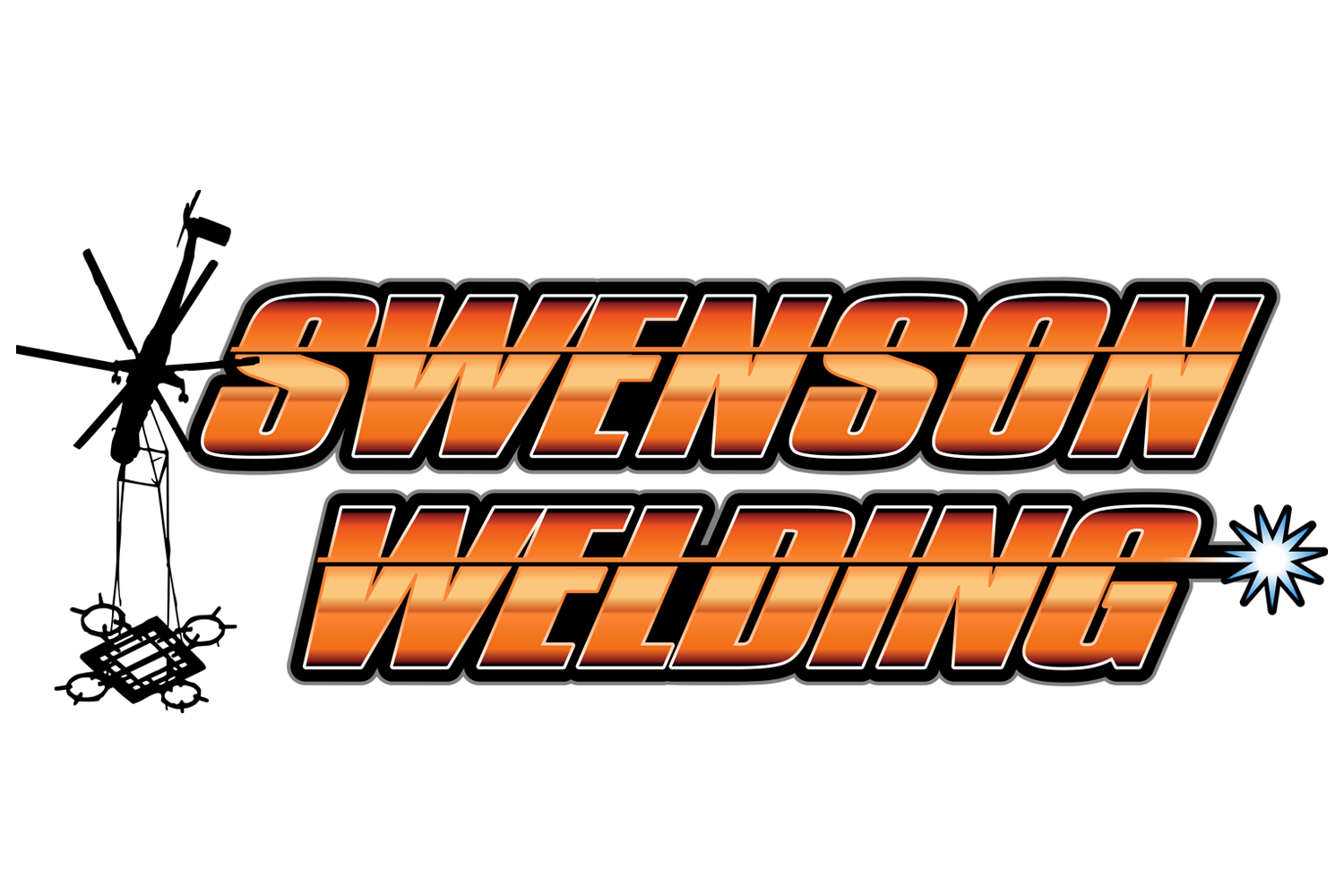
Metal fabrication is a booming industry, and is in fact projected to grow about 7% over the next few years! That’s because many businesses are using metal fabrication to help them create the appliances they need to succeed.
But, what does the metal fabrication actually look like, and how does it work? In this guide, we’ll break down what you need to know about fabricating metal products.
The Metal Fabrication Process: Explained
Metal fabrication sounds like it’s one, simple process. However, there are actually multiple processes that go into creating a sheet of metal or a metal object.
Let’s take a deeper look at the different steps that go into stainless steel fabrication and other metal fabrication processes and how those allow you to get the items you need.
Cutting
Cutting is a super-common fabrication process. With this type of metal fabrication, manufacturers divide sheets of metal into small sections.
Generally, the metal in these circumstances hasn’t already been formed into the final product. After it’s cut, the metal will be moved to the next stage in the process.
Manufacturers make cuts using a wide range of machinery. Most of the time, they’ll use plasma torches and lasers to get the job done.
Folding
Next, let’s talk about folding. Folding is a complicated metal fabrication process that involves shaping a sheet of metal at an angle.
What this does is create a “fold” in the metal.
While folding is important for several specific metal applications, it’s also very difficult. As a result, it’s almost always done by professional manufacturers and not by hobbyists.
Welding
Welding is a very common type of metal fabrication that some people even practice in their homes! In fact, many enthusiasts use welding as a way of practicing a hobby without doing it as part of a job.
Welding involves joining two separate pieces of metal. They could be any type of metal, including bars, sheets, or other shapes.
In most cases, manufacturers weld metal together using heat. By applying heat to the area where the two sheets join, they’re able to link the metal together.
Welding is quite fast, which is one of the reasons it’s such a popular metal fabrication practice. You can get the job done without spending extensive amounts of time.
Machining
Machining is just what you’d expect: a metal fabrication process in which a manufacturer uses a machine to clip off portions of a sheet of metal.
In most cases, manufacturers use a lathe for machining. The late rotates the sheet of metal against trimming tools that help whittle the piece of metal down to the appropriate size.
Other times, machining involves forming a set of holes along the surface of a sheet of metal. This is a much simpler application of machining, but we see it all the time! For instance, drilling holes in a sheet of metal could be called machining since you’re using a machine to do so.
Punching
As you might guess from the name, punching is a metal fabrication process that involves forming holes in a piece of metal. In this type of fabrication process, manufacturers use a die to cut the punches to the right size.
Punching is most often used when manufacturers want to create holes in a sheet of metal so that they can connect the sheet to other items. For example, they might want to add latches to a sheet of metal.
Another type of punching is when manufacturers use the part of the sheet with a hole in it to form a new item. In this case, they would separate the section with a hole in order to form a separate object for manufacturing.
Shearing
Shearing is a type of metal fabrication process that feeds sheets of metal through a metal cutting machine. From there, the machine slices off pieces of metal.
Shearing can be used to help shape metal or it can be used to clean up the edges of metal. It works much the same way as a traditional paper cutter for trimming unkempt edges on cardstock and documents.
Stamping
Stamping is another type of metal fabrication process that uses a die to cut metal. With this type of metal fabrication process, manufacturers use a stamp to form letters, images, or shapes on a sheet or panel of metal.
The idea behind stamping metal is pretty much the same as it is with stamping stone or wood!
Stamping is actually an extremely common type of metal fabrication process. In fact, we see it used all the time on coins!
Casting
Casting is one of the oldest metal fabrication processes out there, and it’s still used today! With this type of metal fabrication, manufacturers pour molten metal into a mold.
Then, they allow the metal to cool and harden into a solid form.
Casting is a super flexible method of metal fabrication, which has made it possible for a number of different applications. Typically, you’ll find casting used for:
- Steel
- Iron
- Gold
- Copper
- Silver
- Magnesium
However, other metals can also be used depending on the final product that a manufacturer is creating.
Know the Metal Fabrication Process
With this guide, you should have a solid understanding of the fabrication process companies use on metals. It’s a quick breakdown that helps give you a deeper understanding of where your metal objects come from.
So, are you ready to get started manufacturing your own products? We can help. Get in touch with Swenson and Sons Welding and we’ll help you get started creating the items you need to succeed.
